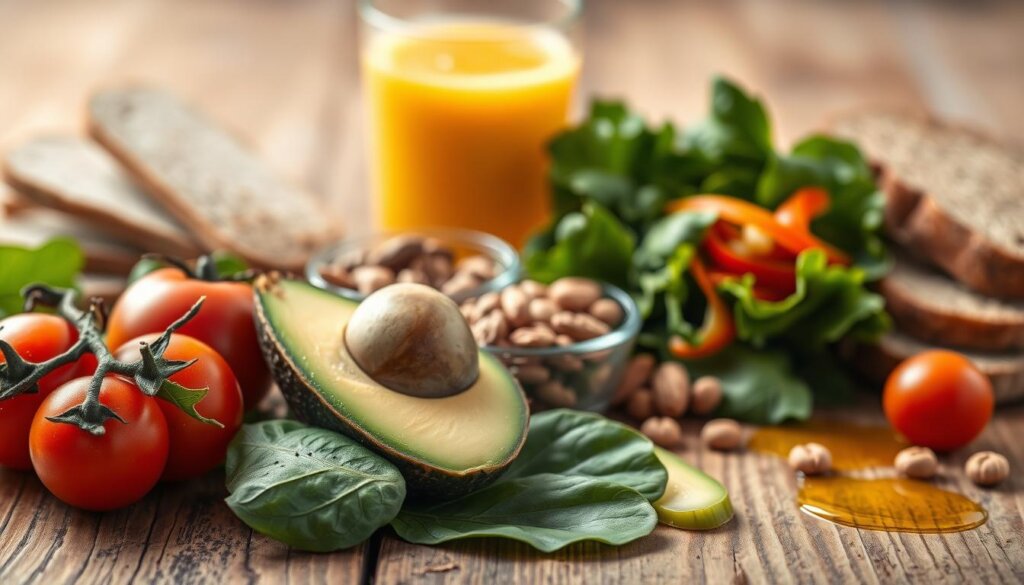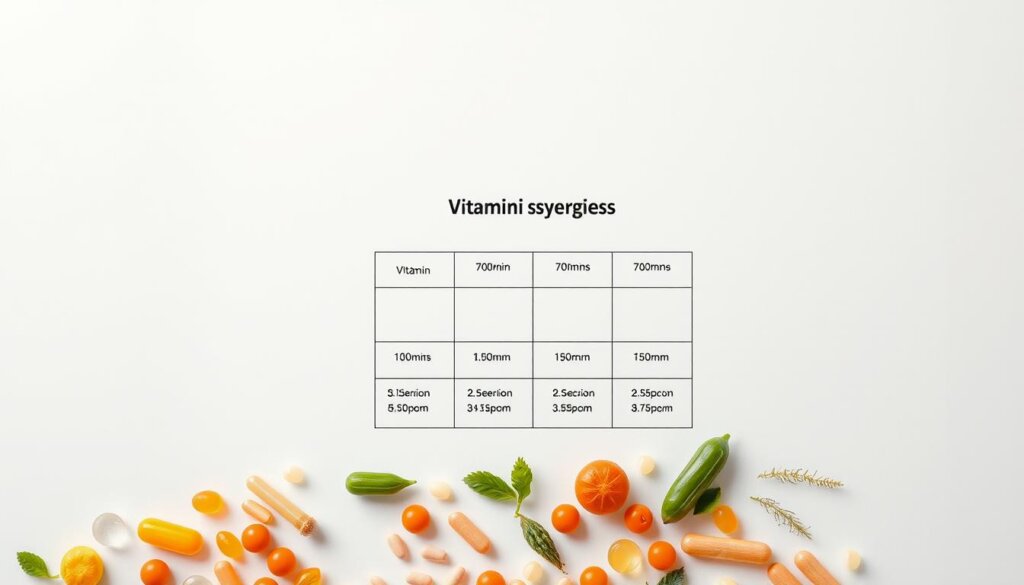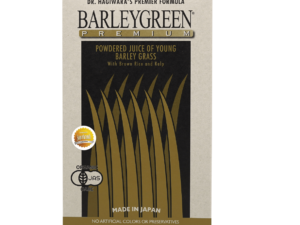Enhances Nutrient Absorption: Wellness Group Malaysia
Did you know your plate could hold hidden shortcuts to better health? Research shows most people absorb only 30-50% of vitamins from their meals, even when eating nutritious foods. This gap impacts energy, immunity, and long-term wellness – but it’s not inevitable.
Wellness Group Malaysia has spent a decade decoding how the body interacts with food. Their work reveals simple tweaks – like pairing tomatoes with olive oil or steaming veggies instead of boiling – can unlock up to 3x more nutrients. It’s not just what you eat, but how you prepare and combine it.
Many assume a balanced diet guarantees results. Yet cooking methods, meal timing, and even stress levels influence what your system actually uses. This guide cuts through the confusion, offering science-backed strategies tailored to Malaysia’s vibrant food culture.
Key Takeaways
- Food combinations impact nutrient availability more than most realize
- Cooking techniques can preserve or destroy key vitamins
- Common habits may block your system from using what you eat
- Small daily changes create measurable health improvements
- Expert guidance simplifies complex nutritional science
Wellness Group Malaysia makes this knowledge accessible. Their approach blends global research with local eating patterns, helping you transform every meal into a powerhouse of vitality. Let’s explore how to work with your body, not against it.
Understanding the Basics of Nutrient Absorption

Click to 了解更多
Your body’s ability to use vitamins and minerals starts long before food reaches your plate. The digestive system acts like a skilled factory crew, breaking meals into usable parts through precise teamwork.
From Bite to Bloodstream
Chewing triggers a chain reaction. Saliva mixes with food, releasing enzymes that attack starches immediately. This liquid mixture then slides down the esophagus into the stomach’s acidic bath.
The stomach’s hydrochloric acid does more than break down proteins. It activates pepsin (a protein-digesting enzyme) and destroys harmful bacteria. Without enough acid, minerals like iron struggle to separate from food particles.
Your Body's Nutrient Highway
The small intestine’s 22-foot length hides a secret: millions of finger-like villi. These tiny projections create a surface area 600x greater than smooth tissue. This design lets your body grab:
- Carbohydrates for energy
- Proteins for tissue repair
- Fats for hormone production
Low stomach acid often shows through subtle signs. Bloating after meals, frequent heartburn, or unexplained fatigue might signal production issues. Stress, aging, and some medications can reduce acid levels by 40-60%.
| Organ | Key Function | Impact on Nutrients |
|---|---|---|
| Mouth | Mechanical breakdown | Starts carb digestion |
| Stomach | Acid production | Unlocks minerals/proteins |
| Small Intestine | Absorption hub | Collects 90% of nutrients |
Supporting digestion isn’t complicated. Simple steps like chewing thoroughly or managing stress help maintain acid balance. For those curious about enzyme support, fiber-rich diets can naturally boost your gut’s processing power.
Enhancing Nutrient Uptake with Strategic Food Pairings
Smart food combinations act like master keys, unlocking hidden nutritional potential. Science confirms certain pairings help your system extract more value from everyday meals.

Citrus Meets Greens: Iron’s Best Friend
Plant-based iron needs vitamin C to transform into an absorbable form. This matters most for meat-free diets. Try these combos:
- Spinach salad with orange slices
- Lentil curry with diced bell peppers
- Quinoa bowls with strawberries
The acid in citrus breaks down iron compounds, making them 3x easier to use. Eat these foods together for best results.
Tomato Teamwork With Healthy Fats
Cooked tomatoes release more lycopene – a cancer-fighting antioxidant. Adding olive oil helps your body grab this nutrient efficiently.
Try these ideas:
- Roasted tomato pasta with olive oil drizzle
- Omelets with sautéed tomatoes and avocado
- Tomato-based soups with olive oil swirl
| Food Pair | Key Nutrients | Benefit |
|---|---|---|
| Spinach + Citrus | Iron + Vitamin C | Boosts energy |
| Lentils + Bell Peppers | Plant protein + Vitamins | Supports muscle repair |
| Tomatoes + Olive Oil | Lycopene + Healthy fats | Fights inflammation |
Timing matters – eat paired foods in the same meal. These tweaks require no extra cost or time, just smarter plating. Start with one combination daily and track how you feel.
Optimizing Nutrient Retention with Healthy Cooking Methods
Heat can be your kitchen’s greatest ally or worst enemy. The right techniques protect delicate compounds in foods while neutralizing natural blockers. Let’s explore how to turn everyday meals into nutrient powerhouses.
Steaming and Stir-Frying for Maximum Vitamins
Steaming keeps vegetables crisp while preserving up to 90% more vitamins than boiling. Leafy greens like kailan need just 3-5 minutes. Broccoli retains its bright color and vitamin C when steamed for 7 minutes.

Click to 了解更多
Stir-frying beats deep frying by using less oil and shorter cook times. High heat seals in minerals while maintaining texture. Try quick-cooking bean sprouts or bok choy in a hot wok with sesame oil.
| Method | Vitamin Retention | Mineral Loss |
|---|---|---|
| Steaming | 85-90% | 5% |
| Boiling | 40-50% | 60% |
| Stir-Frying | 75-80% | 15% |
Soaking and Sprouting to Reduce Anti-Nutrients
Grains and beans contain phytic acid that blocks mineral absorption. Soaking overnight in water with lemon juice breaks down these compounds. Try this for brown rice or chickpeas before cooking.
Sprouting takes it further. After soaking, rinse mung beans daily for 3 days until tails appear. This process increases iron availability by 30% and adds crunch to salads.
Don’t pour out vegetable steaming water! Use it in soups or sauces to recapture any lost minerals. These small changes make big differences in what your body actually uses.
enhances nutrient absorption: Expert Tips from Wellness Group
What if everyday meals could deliver more vitality than you calculate? Wellness Group Malaysia reveals how strategic pairings turn familiar dishes into nutritional powerhouses. Their clients report 40% more energy within weeks using these science-backed combinations.
Real-World Examples of Effective Food Combos
Plant-based eaters in Kuala Lumpur saw iron levels rise by 25% using this trick: pairing spinach rendang with lime wedges. The citrus boosts iron uptake while balancing rich coconut flavors.
Try these protein pairs that work together to build complete amino profiles:
- Nasi lemak with tempeh sambal
- Chapati with dhal curry
- Brown rice porridge with fried anchovies
| Vitamin | Local Fat Source | Malaysian Dish Idea |
|---|---|---|
| Vitamin A | Coconut oil | Carrot & pumpkin curry |
| Vitamin E | Palm fruit oil | Kailan stir-fry |
Sunflower seed butter makes a smart spread for whole-grain toast. Its healthy fat content helps absorb vitamins from tomato slices or papaya chunks.
Wellness Group’s weekly meal templates feature popular ingredients like ikan bilis and petai. One client combined mango sticky rice with crushed peanuts – the result? Better vitamin A utilization and sustained energy through afternoon meetings.
Pro tip: Add a teaspoon of ghee to turmeric tea. The fat-soluble curcumin becomes 7x more bioavailable, turning a comforting drink into an anti-inflammatory remedy.
The Critical Role of Gut Health in Nutrient Absorption
Your gut does more than process meals—it’s a vitamin factory working around the clock. Trillions of microbes in your intestines directly influence how your body uses vitamins and minerals. Research shows these tiny helpers produce 65% of essential B-vitamins while breaking down food compounds your stomach can’t handle alone.
Balancing Gut Flora and Preventing Dysbiosis
An imbalanced gut ecosystem (dysbiosis) disrupts digestion and vitamin production. Common signs include:
- Persistent bloating after meals
- Unexplained fatigue despite good sleep
- Frequent cravings for sugary foods
Malaysian dietary staples offer natural solutions. Fermented foods like tempeh and budu introduce beneficial bacteria. Prebiotic-rich ulam herbs feed existing microbes, creating a thriving environment for nutrient processing.
| Gut-Supporting Food | Type | Key Benefit | Local Example |
|---|---|---|---|
| Fermented soy | Probiotic | Boosts vitamin K production | Tempeh goreng |
| Bitter greens | Prebiotic | Feeds good bacteria | Ulam raja salad |
| Bone broth | Healing | Repairs gut lining | Sup tulang |
Three key factors disrupt gut balance: antibiotics (which kill good bacteria), processed snacks, and chronic stress. A 2023 study found office workers with high stress levels had 40% lower diversity in gut microbes affecting mineral absorption.
For quick improvements, try swapping sugary drinks with air selasih (basil seed drink). Its soluble fiber acts as prebiotic fuel while keeping you hydrated—a double win for gut health.
Synergistic Effects: Combining Nutrients for Enhanced Outcomes
Some vitamins and minerals form power duos that amplify each other’s benefits. Getting these pairs right can turn ordinary meals into nutritional goldmines. Let’s explore how specific combinations work with your biology.

Vitamin Partnerships That Pack a Punch
Citrus fruits team up with plant-based iron sources like spinach. The vitamin C converts iron into a form your body can use 3x better. Try squeezing lime over kangkung belacan or adding guava to lentil soups.
Vitamin D3 and K2 act as calcium’s traffic controllers. Together, they guide this mineral into bones instead of arteries. Local favorites like ikan bilis (rich in D3) paired with ulam leaves (K2 source) make this easy.
| Boosters | Blockers | Fix |
|---|---|---|
| Vitamin C + Iron | Calcium + Iron | Eat 2 hours apart |
| Vitamin D3 + K2 | Zinc + Copper | Take morning/night |
| Magnesium + B6 | Fiber + Minerals | Soak grains first |
Timing matters. Calcium-rich foods can block iron uptake by 50% if eaten together. Enjoy your teh tarik at breakfast, but save iron-packed daging salai for lunch.
Smart strategies:
- Pair turmeric with black pepper (boosts curcumin absorption)
- Add avocado to tomato salads (fat helps absorb lycopene)
- Snack on papaya after meals (enzymes aid protein breakdown)
These tweaks require no extra effort – just awareness. Your nasi campur plate already holds hidden potential. Now you know how to unlock it.
Practical How-To Guide for Meal Planning and Digestive Health
Transform your plate into a health powerhouse with simple swaps. Start by balancing colors and textures – vibrant vegetables paired with crunchy nuts create meals that satisfy both eyes and body.
Constructing Nutrient-Dense Meals
Build each meal around local produce like kangkung or petai. Add pumpkin seeds to breakfast porridge for zinc, or toss cashews into stir-fried morning glory. Always include a healthy fat source – try avocado slices with mango salad or sesame oil in soups.
Mix cooked and raw fruits for variety. Steam lady’s finger as a side, then enjoy rambutan for dessert. This approach keeps your diet diverse and digestion efficient.
Smart Strategies for Digestive Wellness
Chew meals slowly – it activates enzymes before food hits your stomach. Include ginger in soups or teas to calm gut inflammation. For better energy, space protein-rich snacks between main meals.
Hydrate with warm water infused with pandan leaves instead of iced drinks. Soak chia seeds overnight for fiber-rich breakfasts. These tweaks support your system without drastic changes.
FAQ
How does the digestive process influence nutrient absorption?
The digestive system breaks down food using stomach acid and enzymes, allowing vitamins and minerals to enter the bloodstream. Efficient digestion ensures proteins, carbohydrates, and fats are properly processed for the body to use.
What food pairings boost iron uptake from plant-based sources?
Combining vitamin C-rich foods like bell peppers or citrus fruits with iron-packed lentils or spinach improves iron absorption. This pairing helps convert plant-based iron into a form the body absorbs more easily.
Why do tomatoes and olive oil work well together?
Olive oil’s healthy fats increase lycopene absorption from tomatoes. Lycopene, a powerful antioxidant, becomes more bioavailable when paired with fats, supporting heart health and cellular function.
Which cooking methods help retain vitamins in vegetables?
Steaming broccoli or stir-frying kale preserves water-soluble vitamins like B and C. These methods minimize nutrient loss compared to boiling, which can leach vitamins into cooking water.
How does gut health affect mineral absorption?
A balanced gut microbiome aids in breaking down food and absorbing minerals like calcium and magnesium. Probiotic-rich foods like yogurt or kimchi support gut flora, reducing inflammation and improving digestion.
Can soaking beans improve their nutritional value?
Yes! Soaking or sprouting beans reduces anti-nutrients like phytic acid, which can block iron and zinc absorption. This process also makes beans easier to digest and increases nutrient availability.
What’s a simple meal example that maximizes nutrient uptake?
Try grilled salmon (rich in vitamin D) with sautéed spinach (calcium) and quinoa. The vitamin D helps the body absorb calcium, while quinoa provides protein and fiber for sustained energy.
How do healthy fats support vitamin absorption?
Fats like avocado or nuts help the body absorb fat-soluble vitamins A, D, E, and K. Adding a drizzle of olive oil to roasted carrots, for instance, boosts vitamin A uptake.

Khloe Tan
Khloe Tan is a Certified Nutritionist, Corporate Wellness Trainer, and Holistic Health Specialist with over 15 years of experience in the health and wellness industry. She has delivered more than 100 talks nationwide, inspiring and educating diverse audiences on nutrition, lifestyle, and sustainable wellness. Her work has positively impacted over 3,000 lives, and she continues to champion holistic approaches to well-being in both corporate and personal settings.





